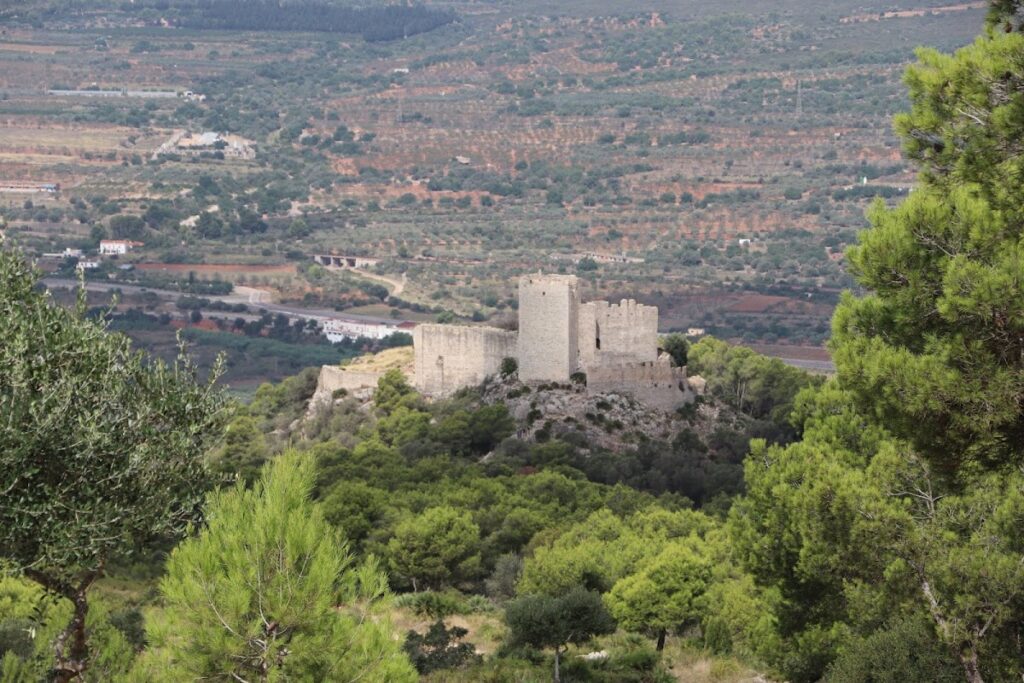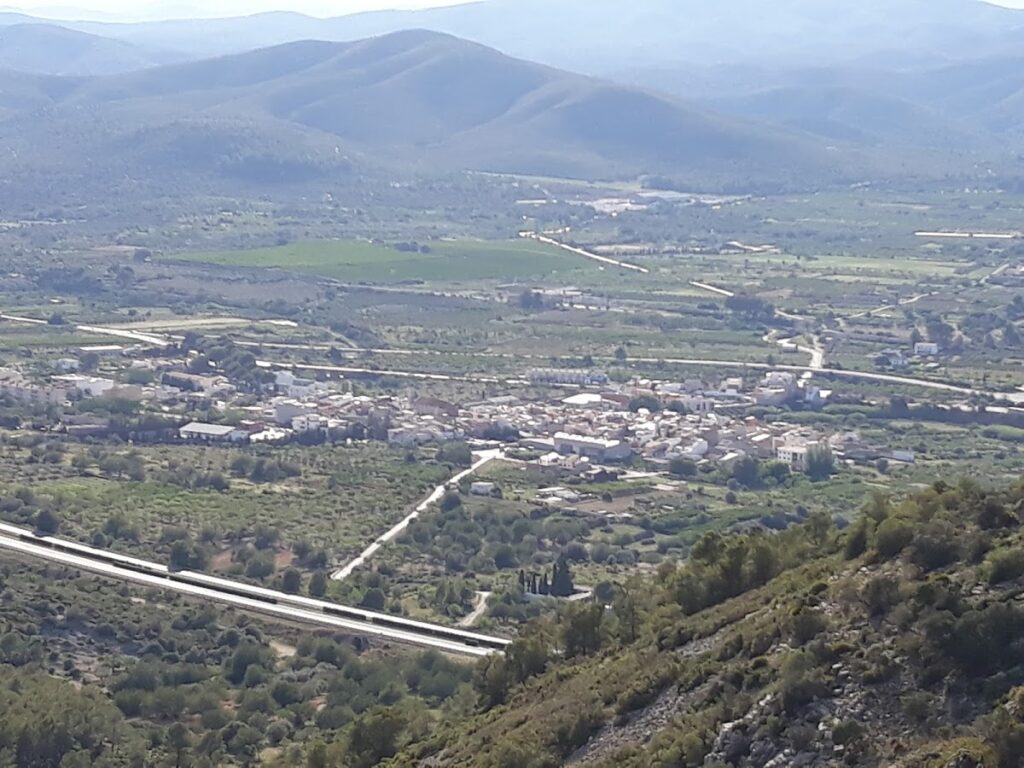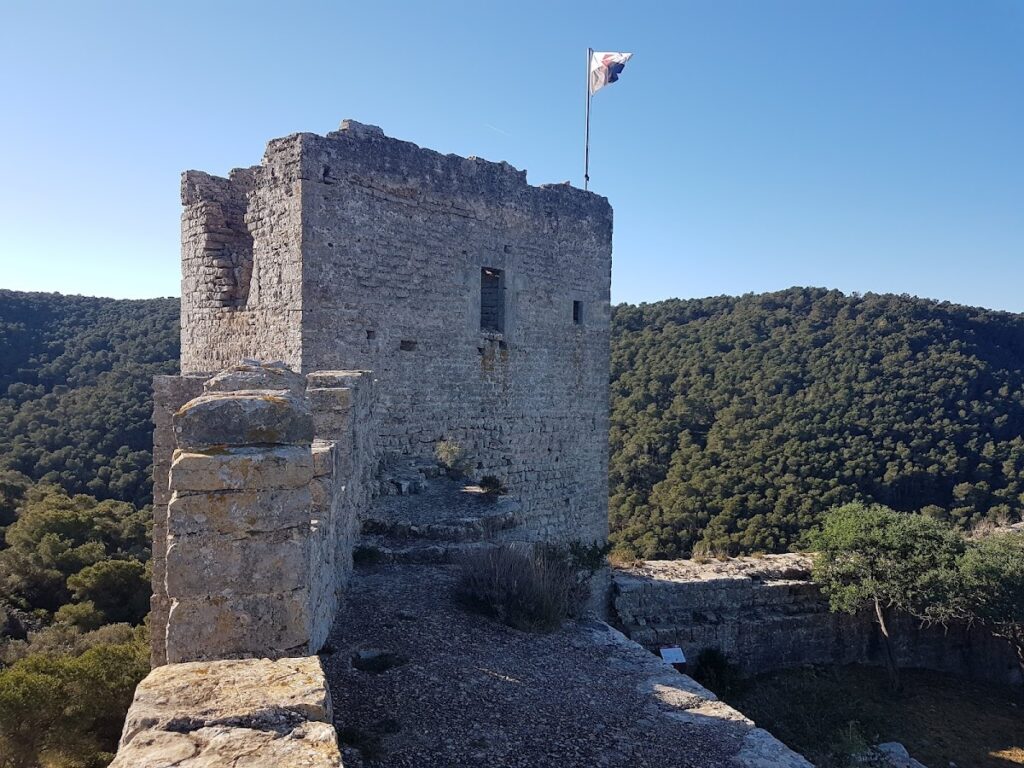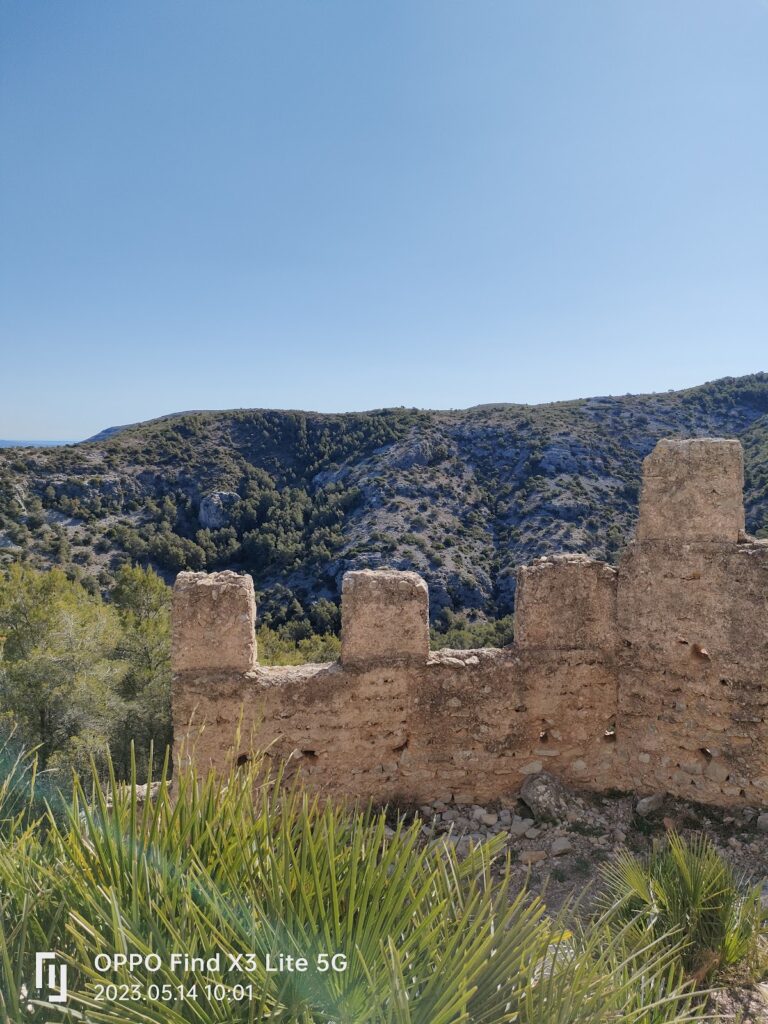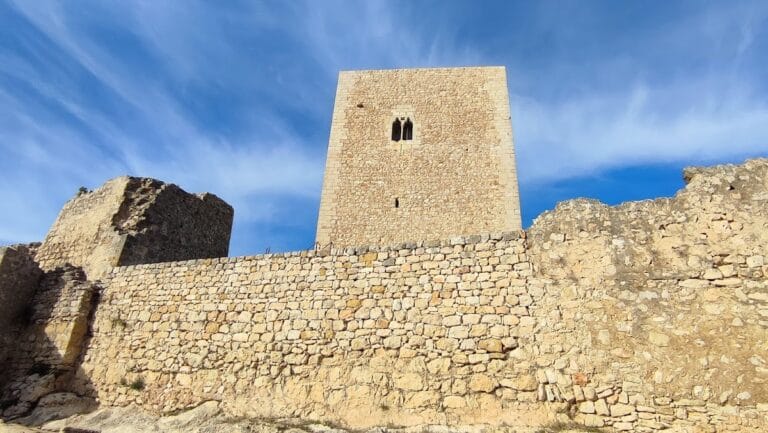Polpís Castle: A Historic Fortress in Santa Magdalena de Polpís, Spain
Visitor Information
Google Rating: 4.4
Popularity: Low
Google Maps: View on Google Maps
Official Website: www.turismodecastellon.com
Country: Spain
Civilization: Unclassified
Remains: Military
History
Polpís Castle stands on a hilltop in the municipality of Santa Magdalena de Polpís, Spain. Originally constructed during the Muslim rule in the 11th and 12th centuries, it served as a fortified enclosure within the mountainous terrain of the region.
The fortress’s early history is marked by shifting control between Muslim forces and the Christian kingdoms during the Reconquista. In 1190, Alfonso II of Aragon captured the castle and transferred it to the Knights Templar. However, this Christian possession was short-lived as the castle soon reverted to Muslim authority. A decisive change came in 1233 when James I of Aragon definitively secured Polpís Castle alongside the nearby Peñíscola, consolidating Christian rule over the area.
Following this conquest, the castle became connected to military-religious orders. In 1244, it passed to the Order of Calatrava, a Christian military order active in the defense and expansion of the kingdom’s frontiers. Later, in 1277, ownership shifted back to the Knights Templar, who maintained it until their dissolution in the early 14th century. Afterward, the castle was administered by the Order of Montesa, operating under the nearby commander’s authority based in Xivert.
During these Christian phases, the castle underwent rebuilding and expansion to strengthen its defenses and secure the recently acquired territory. Its military role continued into the 16th century, primarily as a safeguard against raids by Barbary pirates along the coast. Once these threats diminished and the castle’s strategic value declined, it was abandoned. Over time, the fortress fell into ruin as upkeep ceased.
Today, Polpís Castle is recognized for its cultural and historical significance. It is legally protected under various Spanish and Valencian heritage laws and is currently owned and preserved by the local governing body, the Diputación de Castellón.
Remains
Polpís Castle is situated atop a hill in the Sierra de Irta and covers an area exceeding 2,000 square meters. Its layout forms a roughly quadrangular shape with an irregular perimeter that encloses a single inner courtyard. The design reflects its adaptation to the rugged terrain and defensive needs.
The entrance of the castle is notable for its complex defensive arrangement. Access is restricted through a large keep known locally as the torre de l’Homenatge, or keep tower, which served as the main defensive stronghold. This gateway is protected by two successive curtain walls positioned to create a bent entrance path, a strategy intended to expose attackers to defenders’ fire while limiting direct access. While these entrance walls date from the original Muslim construction, much of the remaining visible fortifications result from later alterations undertaken during the Templar period.
Among the preserved elements are additional square towers and the surrounding perimeter walls, all reflecting multiple building phases. These fortifications combine Muslim masonry techniques with the modifications introduced by the Christian military orders to enhance the castle’s defensive capabilities.
Within the enclosure lies a cistern, known as an aljibe, which was used for water storage. This feature was essential for sustaining occupants during sieges or droughts. The cistern, along with other surviving structural components, remains in situ, offering insight into the castle’s functional design.
Though the fortress today exists largely in a ruined state due to centuries of abandonment, enough architectural remains survive to illustrate the complex history of construction and adaptation that took place from its Muslim origins through the Christian modifications by the Templars and subsequent orders. These remnants continue to inform understanding of the site’s military and historical importance.

